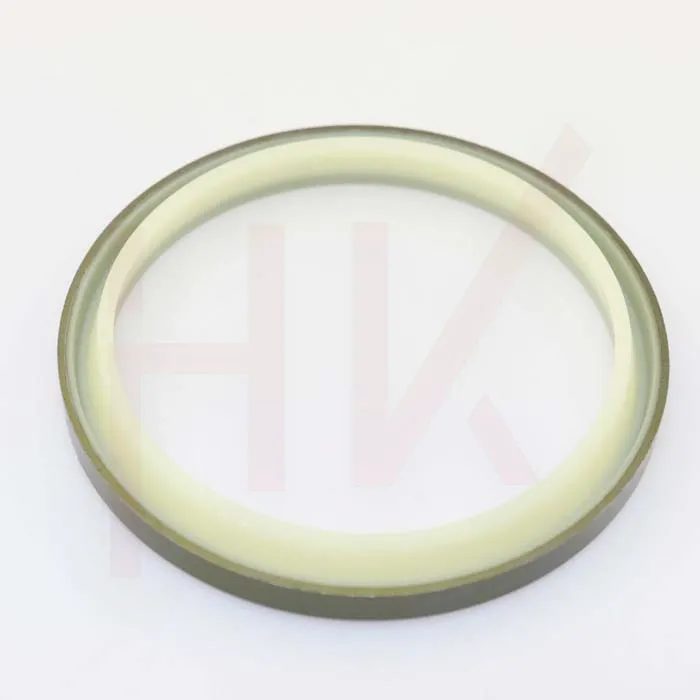Sep . 01, 2024 04:45 Back to list
shaft dust seal
Understanding Shaft Dust Seals Importance and Functionality
Shaft dust seals play a crucial role in various industrial applications, particularly in machinery that involves rotating shafts. These seals are designed to prevent the ingress of dust, dirt, and contaminants that can significantly hinder the performance and longevity of equipment. Understanding the importance and functionality of shaft dust seals can help operators and engineers make informed decisions regarding maintenance and equipment design.
What is a Shaft Dust Seal?
A shaft dust seal is a type of sealing mechanism that is mounted around the rotating shafts of machines. Its primary purpose is to keep out extraneous particles, ensuring that the internal components remain clean and operational. Such seals can be found in a multitude of applications, including electric motors, gearboxes, and automotive components. They are typically made of materials like rubber or plastic, which provide flexibility and durability.
Importance of Dust Seals
The presence of dust and other contaminants can lead to severe consequences in machinery operations. For instance, when dirt enters bearing assemblies, it can cause increased friction, leading to overheating and premature wear. Similarly, in hydraulic systems, contaminants can cause blockages and decrease efficiency, risking system failures.
By effectively utilizing shaft dust seals, operators can significantly extend the service life of their equipment
. A well-designed seal can prevent costly repairs and downtime, which is essential in maintaining productivity in industrial environments. Additionally, these seals are vital for ensuring the safety of operations by preventing dust-related hazards.shaft dust seal

Functionality
Shaft dust seals function through a combination of mechanical and physical barriers. They create a seal by conforming around the shaft, minimizing the gaps that dirt and dust might exploit. Many modern dust seals utilize advanced engineering designs that promote self-lubrication and self-cleaning features, further enhancing their effectiveness.
Moreover, different applications may require varying types of seals. For example, in high-speed applications, seals must be designed to withstand greater centrifugal forces, while environments exposed to moisture may demand seals that have enhanced resistance to corrosion. Therefore, selecting the appropriate shaft dust seal for specific machinery is essential for optimal performance.
Maintenance Considerations
While shaft dust seals are robust, they do require periodic inspection and maintenance to ensure their effectiveness. Signs of wear, such as cracking or deformation, can indicate the need for replacement. Regular maintenance routines should involve checking the integrity of the seals, ensuring no dust or contaminants penetrate the system.
In summary, shaft dust seals are critical components in the protection and efficiency of rotating machinery. By preventing the intrusion of dust and other particulates, they play a significant role in enhancing equipment longevity, optimizing performance, and ensuring safety in industrial operations. Understanding their importance and proper maintenance will ultimately lead to improved operational efficiency and reduced costs over time.
-
TCN Oil Seal Metal Ring Reinforcement for Heavy Machinery
NewsJul.25,2025
-
Rotary Lip Seal Spring-Loaded Design for High-Speed Applications
NewsJul.25,2025
-
Hydraulic Cylinder Seals Polyurethane Material for High-Impact Jobs
NewsJul.25,2025
-
High Pressure Oil Seal Polyurethane Coating Wear Resistance
NewsJul.25,2025
-
Dust Proof Seal Double Lip Design for Construction Equipment
NewsJul.25,2025
-
Hub Seal Polyurethane Wear Resistance in Agricultural Vehicles
NewsJul.25,2025
-
The Trans-formative Journey of Wheel Hub Oil Seals
NewsJun.06,2025
Products categories
















